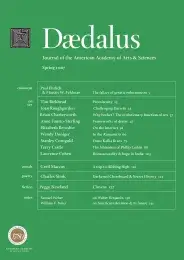Reading the “Kamasutra”: the strange & the familiar
The Kamasutra is the oldest extant Hindu textbook of erotic love, and one of the oldest in the world. It is not, as most people think, a book about the positions in sexual intercourse. It is a book about the art of living–finding a partner, maintaining power in a marriage, committing adultery, living as or with a courtesan, using drugs–and also about the positions in sexual intercourse. It was composed in Sanskrit, the literary language of ancient India, probably sometime in the second half of the third century of the Common Era, in North India, perhaps in Pataliputra (near the present city of Patna, in Bihar).
Virtually nothing is known about the author, Vatsyayana Mallanaga, other than his name and what little we learn from the text. Nor do we know anything about Yashodhara, who wrote the definitive commentary in the thirteenth century. But Vatsyayana tells us something important about his text, namely, that it is a distillation of the works of a number of authors who preceded him, authors whose texts have not come down to us. Vatsyayana cites them often–sometimes in agreement, sometimes in disagreement–though his own voice always comes through, as ringmaster over the many acts he incorporates in his sexual circus.
The Kamasutra was therefore certainly not the first of its genre, nor was it the last. But the many textbooks of eroticism that follow it eliminate most of the Kamasutra’s encyclopedic social and psychological narratives and concentrate primarily on the sexual positions, of which they describe many more than are found in the Kamasutra.
Conspicuous by its absence, however, is what Europeans call the ‘missionary’ position, which the Kamasutra mentions briefly but without enthusiasm: “In the ‘cup,’ both partners stretch out both of their two legs straight. There are two variants: the ‘cup lying on the side’ or ‘the cup supine.’” (2.6.16–17) The commentator, too, scorns this position: “How does he penetrate her in this position? It is so easy that there is nothing to worry about!” So much for what Europeans generally regarded as the default position.
. . .
